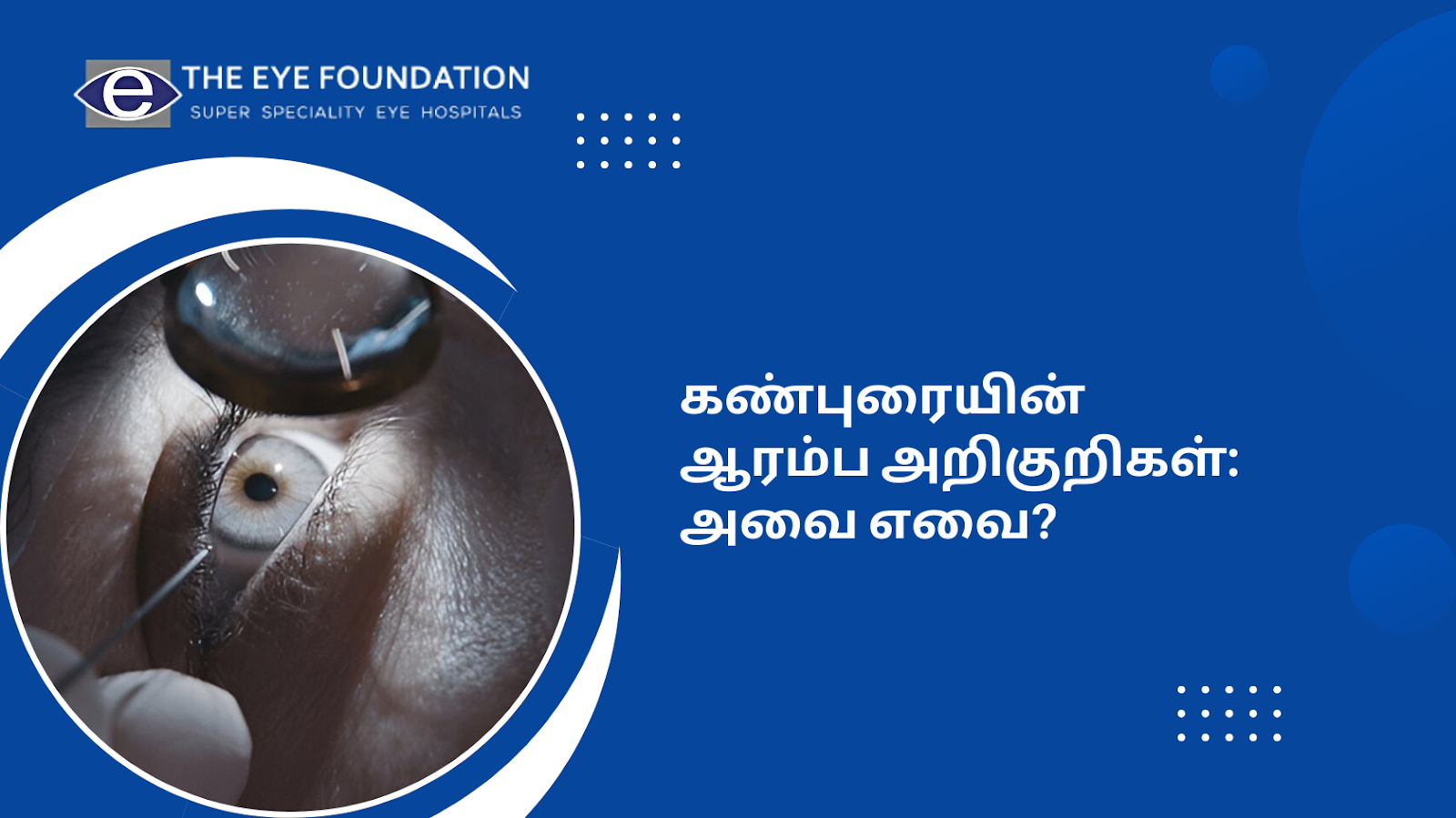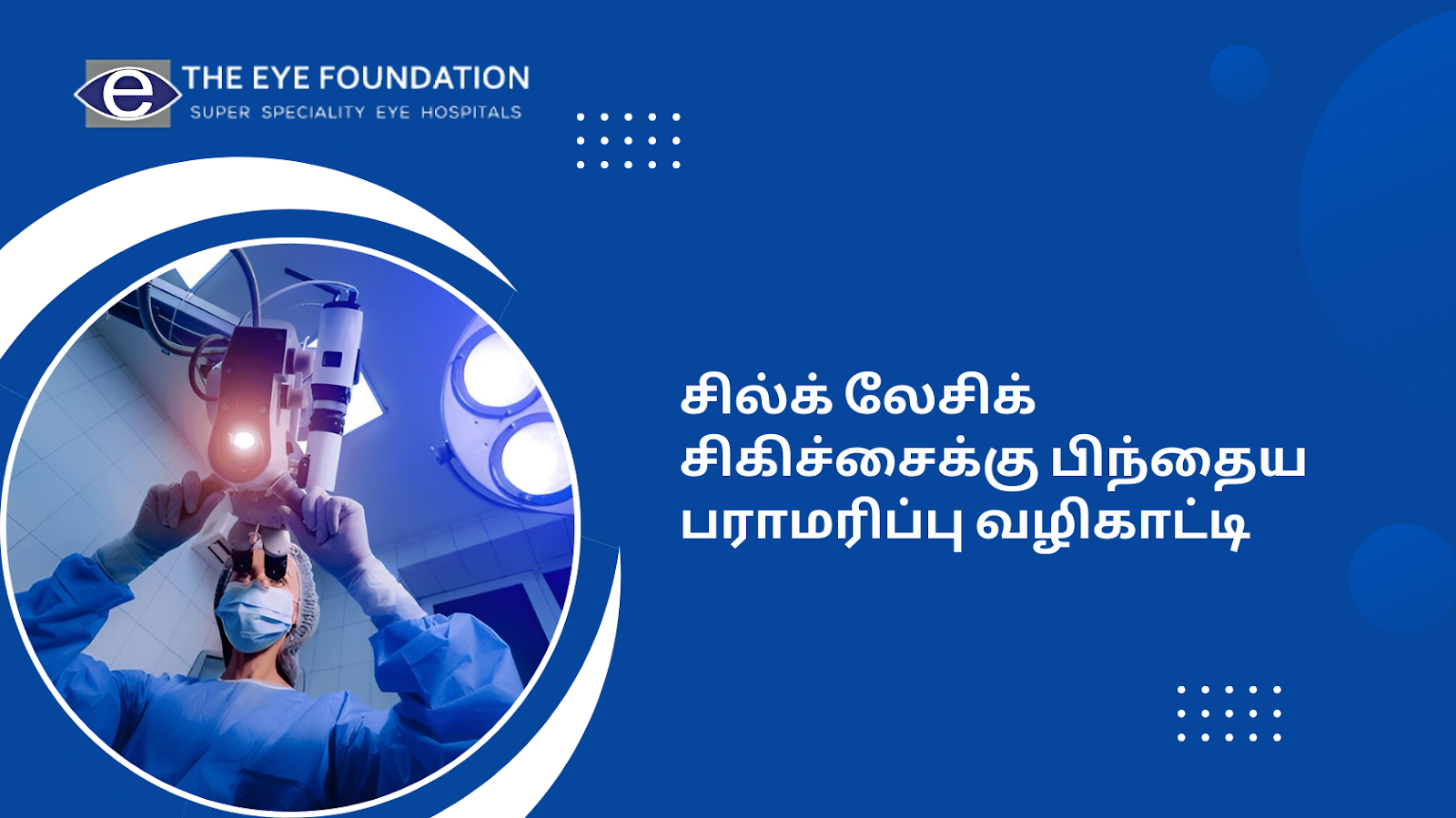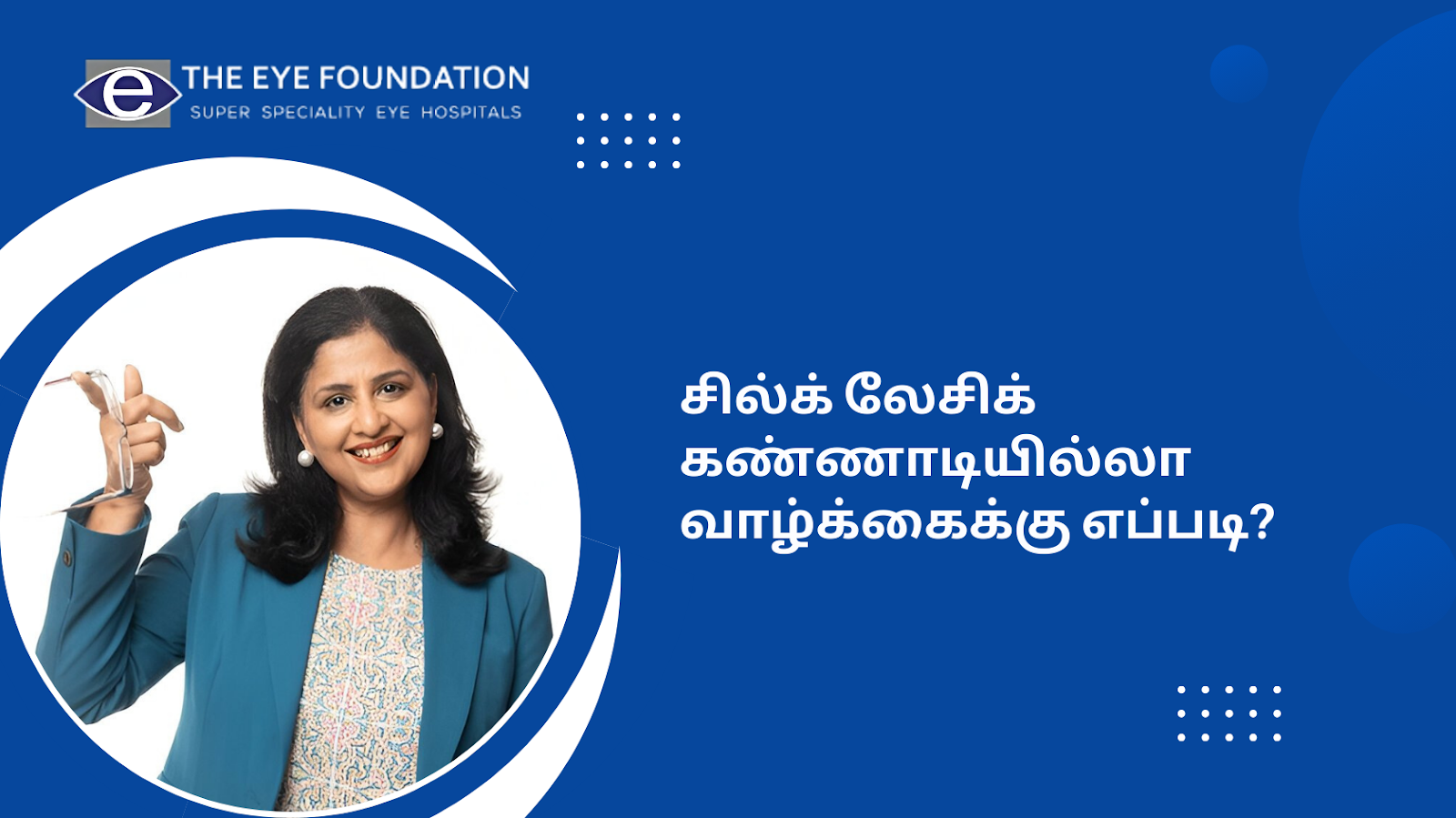Uveitis is a dangerous disease that affects the middle layer of the eye called the uvea. It occurs in one or both eyes and may be associated with symptoms like eye redness, pain, blurred vision and sensitivity to light. If uveitis is not treated, it may result in glaucoma, cataracts or vision loss. Thankfully, with the appropriate treatment and diagnosis most types of uveitis are treatable. In this article the options of treatment for uveitis will be discussed in detail, and what you should expect from each treatment.
What Causes Uveitis
It is important to note that before venturing into the treatment of uveitis, there are several causes of this condition. These include infections, autoimmune disorders, trauma to the eye and toxins. Occasionally, the reason is not clear and is referred to as idiopathic uveitis. Common conditions associated with uveitis include:
Rheumatoid arthritis
Ankylosing spondylitis
Herpes infections
Tuberculosis
Due to the variety of the causes, the therapy may depend on the etiology and the degree of inflammation.
Treatment Options for Uveitis
Uveitis is best approached as soon as possible when it comes to its treatment. The management of the inflammation will depend on the type of inflammation, the severity and the cause of the inflammation. Now let us discuss some of the most common treatments in a little detail.
1. Corticosteroids
Corticosteroids are the main drugs used to treat inflammation in uveitis. These can be administered in various forms:
Eye Drops: Mild to moderate uveitis is usually treated with corticosteroid eye drops. These assist to decrease inflammation and pain.
Oral Steroids: If the uveitis is more severe or involves deeper structures of the eye then oral steroids may be required.
Injections: If the condition does not improve with drops or oral medicines, then steroid injections may be given. The injection is normally given around or into the eye which provides fast and targeted alleviation.
2. Immunosuppressive Drugs
If uveitis is due to an autoimmune disease, or does not improve with corticosteroids, immunosuppressive agents may be given. These medications act by suppressing the immune system in order to control inflammation. However, they are usually prescribed for serious or long-term conditions because of side effects.
3. Antibiotics or Antivirals
If an infection is the cause of the uveitis, the doctor may give you antibiotics, antiviral or antifungal medication. For example, if uveitis has been caused by a viral infection such as the herpes virus, antiviral agents will be used to suppress the outbreak and also decrease inflammation.
4. Mydriatic Eye Drops
The patient might also be given mydriatic eye drops to widen the pupil as well as treat pain arising from muscle contractions in the eye. These drops also reduce the risk of other postoperative problems like synechiae which is where the iris sticks to the lens.
5. Surgery
Surgery may be needed if medication does not effectively manage uveitis, or if complications occur. Surgical options include:
- Vitrectomy: A surgical intervention in which the vitreous gel that has become inflamed is taken out of the eye; commonly employed in cases of acute or chronic uveitis.
- Implantable Devices: At times, corticosteroid implants may be inserted into the eye through surgery so as to allow the slow release of medicine and control inflammation in the eye for an extended period.
Lifestyle and Home Remedies
While medical treatment is essential, certain lifestyle adjustments can also support recovery and help manage symptoms:
- Protect Your Eyes: Sunglasses are also useful for reducing light sensitivity and keeping your eyes from becoming more irritated.
- Avoid Smoking: Smoking is also contraindicated in wounds since it causes inflammation and slows down the recovery process if you are a smoker.
- Healthy Diet: Healthy foods that contain antioxidants and omega-3 fatty acids will help eye health and decrease inflammation.
When to Seek Medical Attention
Uveitis can sometimes progress rapidly, so it’s important to seek medical attention if you experience any of the following symptoms:
Sudden vision changes
Intense eye pain
Severe light sensitivity
Red eye that does not subside
It is important to diagnose and treat the condition early, to avoid such complications as; loss of vision or harm to the eye.
Uveitis is a severe form of eye inflammation that needs to be treated in the best way possible. Whether it is with corticosteroids, immunosuppressive agents, or surgery, the purpose is to minimize inflammation, treat symptoms, and avoid adverse effects. The treatment of uveitis is usually complex and depends on the nature and the severity of the inflammation.
If you or a loved one have symptoms of uveitis, don’t wait. This simply goes to show that if you get an early diagnosis and treatment, your vision can be saved. You can call or visit The Eye Foundation for an appointment and get professional care from our eye doctors. Your vision is valuable – let us assist you in maintaining it. Book your appointment today!






